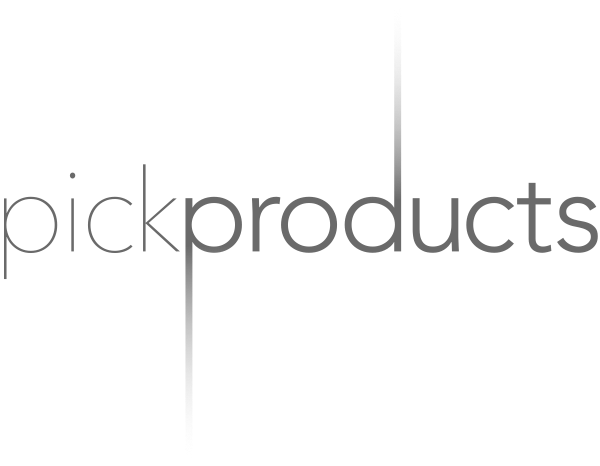
What standards make up Web Services?
Where does XML fit into my business model?
Can you explain some of the XML terminology?
How do you program or manipulate XML documents?
Does Pick Products sell XML or Web Services?
Gartner Group defines Web services as:
Loosely coupled software components that interact with one another dynamically via standard Internet technologies.
Forrester Research defines Web services more abstractly as:
Automated connections between people, systems, and applications that expose elements of business functionality as a software service and create new business value.
Simply put, Web services are software components that interact with one another dynamically using standard Internet technologies - thus making it possible to build bridges between systems that would otherwise require extensive programming and conversion efforts. At the more basic level, a Web service is a collection of functions that are packaged as a single unit and exposed, or made available, over a network for use by other software programs.
Web services represent the formalization and standardization of the many existing Remote Procedure Call (RPC) protocols that are either proprietary, poorly supported, or only supported throughout closed communities of proponents (e.g. CORBA, DCOM).
The promise of Web services is that it will finally provide interoperability between disparate systems by garnering strong endorsement from the major IT vendors and through adherence to standards, issued by the World Wide Web Consortium (W3C), for message format and content and the message transport protocols used in inter-system communication.
Companies who need web services have:
The value to these organizations includes:
The growth of Web Services is being enabled by the widespread adoption
of the following technology standards:
XML (Extensible Mark Up Language) – is a meta language - that is a "language to create a another language" - in this case the other language is a markup language. A markup language is a language that describes how and where to annotate a document so that computers can identify its semantics (meaning), and the syntax(structure, format), of its data. Using XML allows you to design a markup language, (which can then be formally specified by an XML Schema), describing the information in that document which has significance to you and your business.
Although XML was initially developed to add structure to Web documents, it has expanded far beyond its initial scope and has become the standard platform for information convergence. To quote Dave Hollander, CTO, Contivo and one of the original members of the W3C Working Group, which developed XML, "Interchangeable parts drove the Industrial Age; reusable information powers the Information Age".
WSDL (Web Services Description Language) - an XML format for defining Web Service interfaces (service name, inputs and output etc) and connection information;
SOAP (Simple Object Access Protocol) - an XML message content standard for calling Web services;
HTTP (Hypertext Transport Protocol) the transport protocol for the Web, and
UDDI (Universal Description, Discovery and Integration) – which allows for a catalog of Web services.
The Internet revolution has been compared to the Industrial revolution. However, while the Industrial revolution took place over decades, the Internet has evolved in a few short years.
Providing a simple, universal way to exchange information over the Internet between incompatible systems, the XML explosion has been nothing less than extraordinary. XML is the best available interoperability technology for business-to-business communication of any form; financial transactions, information distribution, information exchange, transparent data communication and much more. XML is transforming the way the world does business.
In simple terms, XML consists of four components:
There are hundreds of efforts underway to standardize individual vertical market niches. OASIS (Organization for the Advancement of Structured Information Standards) is one organization that manages all kinds of B2B XML initiates. It is an international consortium focused on managing open standards for content and data interchange. The most relevant initiative is ebXML - the Electronic Business XML initiative, which is an effort to establish a global framework for the exchange of business data. The OASIS repository for XML schema is xml.org.
The W3C DOM (Document Object Model) intends to provide programmers with an object model that treats the XML document as an object and extract information, make changes, and query the document from code in a platform and language neutral way. Microsoft's MSXMLDOM allows users to manipulate XML data through VB and VB script. It is downloadable from the Microsoft Web site or available as part of the XML parser in Internet Explorer Version 5 and later.
Pick Products offers a product called the Pick Products Integration Server which allows business programmers to easily and quickly build and deploy Web Services. It provides a very easy to learn and use forms-based interface for creating process and transformation workflows. It also includes powerful XML code generators, transformations wizards and built in connectors to a multitude of backend systems to offload the "heavy lifting" from your business programmers who are not software developers and may not be as familiar with these technologies. For more information, check out our datasheet or white paper on this product.